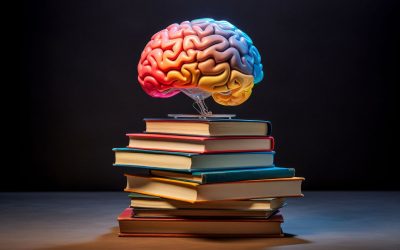Over the years, technology has evolved in the field of education. During the 1980s, it was almost impossible to talk about technology in schools. However, technology has not only changed the way students learn but also transformed how teaching should be approached today. And technology is not limited to iPads or tablets; there are other tools such as interactive whiteboards and educational software that have revolutionized teaching and learning.
From a parental perspective, we have often demonized the use of technology for our children. It is true that kids today want to spend many hours a day using mobile devices, and the potential for addiction is a major concern for parents.
However, as parents, we must recognize that technology plays a crucial role in developing essential skills in the modern world. From an educational standpoint, digital tools are valuable resources that enhance the teaching and learning process by facilitating access to information and knowledge. For instance, the internet has made communication much more agile—not only with friends but also with teachers and distant family members.
Technology has evolved and is now a fundamental element in the education sector due to its numerous benefits. Many educational institutions have embraced technology as an ally, leveraging its advantages to enhance learning experiences and improve academic activities.
The integration of technology in education introduces new teaching methods that prepare students for an ever-changing and challenging future. What is considered cutting-edge technology today may become obsolete tomorrow, and we live in an increasingly digitalized world.
Advantages of Technology in the Classroom
Technology in education offers significant benefits for both students and teachers, such as:
- Increased motivation and engagement: Today’s students seek interactive platforms that captivate them and encourage active participation in their own learning.
- Enhanced collaboration: Digital learning environments foster teamwork among students and teachers.
- Access to up-to-date information: From digital libraries to educational apps, students can quickly access the latest resources.
- Personalized learning experiences: Technology allows for adaptation to individual learning needs.
- Instant feedback: Digital tools provide immediate assessment and correction.
- Skill development: Mastering technological tools is essential for success in the modern workforce.
As we can see, technology should not be viewed as an enemy in our homes. Instead, we should maximize its benefits, support our children’s learning, and encourage its responsible use to enhance their education.





